TORONTO - The fact that “culinary tourism” has become one of the staples of the travel industry may be hard for some people to swallow. However, famous restaurants are now as big a tourist draw as historic castles, great cathedrals and revered temples.
Case in point: Noma, rated the world’s No. 1 restaurant numerous times, now ranks alongside the Little Mermaid and Tivoli Gardens as a “must see” attraction in Copenhagen.
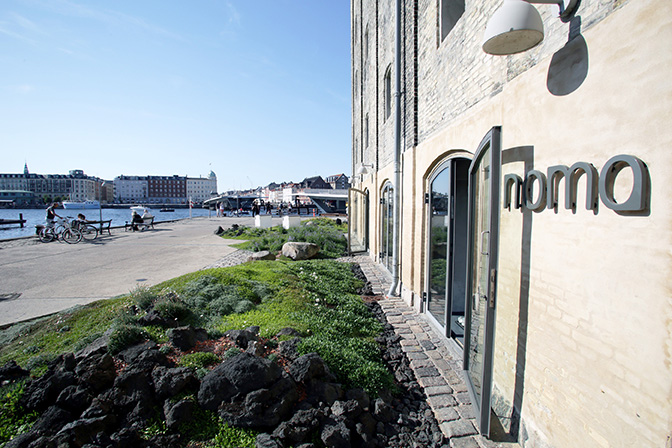
Above: The restaurant known as Noma is now one of the biggest tourist draws in Copenhagen.
If you find that hard to digest, how about this: Anthony Bourdain’s Parts Unknown TV series, which deals mostly with culinary tourism, is now the top rated show on CNN.
Here’s some more “culinary tourism” facts for you to chew on:
• According to the American Culinary Traveler, “the percentage of U.S. tourists who went abroad for unique dining experiences grew from 40 per cent in 2006 to 53 per cent in 2015.”
• A recent industry report noted that “39 million leisure travellers in the U.S. choose a destination based on the availability of culinary activities, while another 35 million seek out culinary activities after a destination is decided upon.”
• Last year, it’s estimated that tourists spent almost $300 billion (U.S.) on food in the U.S. alone — that’s nearly a quarter of all travel income in the U.S.
It’s not just tourists who participate in culinary tourism. Many globetrotting chefs travel the world looking for culinary inspiration. Among them are two of Canada’s most gifted chefs, Mark McEwan and Susur Lee, both of whom have been lured to foreign cities or countries to check out famous or trendy new restaurants.
While McEwan and Lee — they have achieved rock star status in Canada because of their appearances on various foodie TV shows — have a real hunger for travel, their growing restaurant empires make it more difficult for them to get away these days. Still, Lee, who owns restaurants in Canada and Singapore, finds time to go on the road four times a year, while McEwan travels at least once a month.
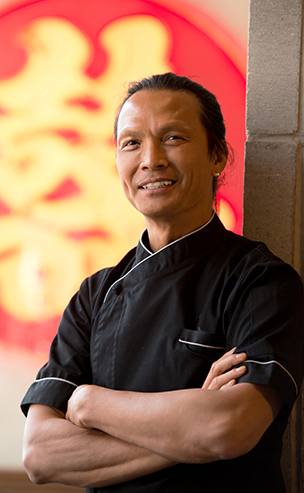 Left: Susur Lee is one of Canada's best known celebrity chefs.
Left: Susur Lee is one of Canada's best known celebrity chefs.
While on the road, the two celebrity chefs like to visit “out of the way” places to get an insight on regional dishes, some of which they incorporate in their award-winning menus.
In McEwan’s case, he likes “rustic and rural food” and dines in smaller establishments that are “more relaxed.”
“I did not have time to travel when I was younger,” says McEwan, who started his career in Buffalo and now owns some of Canada’s most iconic restaurants — Bymark, One, North 44 and Fabbrica among them.
McEwan was inspired to open his Italian-themed Fabbrica restaurant after visiting Italy and learning some dishes from the “nonas” (grandmothers) he saw in the kitchens of Milan and Rome.
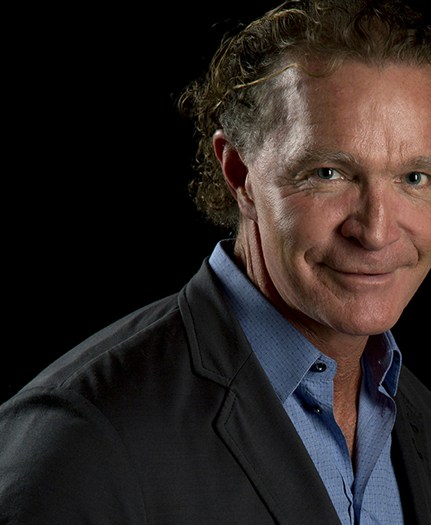 Left: Mark McEwen is inspired by travel.
Left: Mark McEwen is inspired by travel.
“I love restaurants that are comfortable and authentic where people socialize,” says McEwan, whose career has been influenced by legendary chefs like the late Julia Child — maybe the first culinary tourist — and Graham Kerr.
“I actually cooked with Julia in 1992 at the Four Seasons Hotel in Toronto and that was a real thrill,” says the soft-spoken McEwan.
Lee’s career started in his native Hong Kong but he honed his skills in Singapore, where he perfected his now signature dish, “Singapore Slaw.”
“The neighbourhood restaurants in Singapore are where you can enjoy some amazing food,” says Lee, whose Luckee dim sum restaurant in Toronto is the talk of the town these days.
Interestingly, Singapore was one of the first destinations to embrace culinary tourism when it introduced its popular “night food tours” that takes visitors through the Chinese, Malay and Indian districts of the city where tourists get to enjoy regional treats.
Lee says when he travels he likes to eat “street food” because “I grew up eating street food after school in Hong Kong and you can learn a lot from the street food vendors.”
One of Lee’s favourite destinations is Vietnam, especially the northern Sapa area where the fertile land inspires some amazing cuisine.
Culinary tourism is defined as being “any tourism experience in which one learns about, appreciates, and/or consumes food and drink that reflects the local, regional or national cuisine, heritage and culture.” Both Lee and McEwan agree that food really defines the culture and traditions of countries and that tourists can learn a lot about a destination through its cuisine.
Michelin star restaurants have become a real magnet for culinary tourists but does the Michelin endorsement guarantee the restaurant will supply travellers with a once-in-a-lifetime dining experience? Not necessarily, according to McEwan and Lee.
“I’ve been to good Michelin star restaurants and some that have not been so good,” says McEwan.
“The Michelin rating is a standard that reflects the quality of service, not just the food,” cautions Lee.
According to celebrated Chef Noriyuki Hamada, the first Japanese to take home a medal (bronze) at the prestigious Bocuse d’Or competition (2013), the only “star at a restaurant should be the food.”
Hamada, who has travelled the world searching out new restaurants and learning new techniques, told me last year when I visited his award-winning Yukawatan restaurant in the fabled Japanese town of Karuizawa, that culinary tourism should “inspire people to try different foods so they can understand and appreciate cultures.”
Hamada says his visits to France over the years revealed how “complex and delicate French cuisine is — and you only appreciate that when you go to France,” he says.
Over the last decade, national tourism organizations have leveraged the mainstream interest in food and restaurants to direct visitors to particular areas of their countries. Countries like Ireland and Thailand, for example, have created major promotional campaigns and events around food, and the biggest draw to Prince Edward Island each year are the province’s annual oyster festivals.
While Germany is recognized as the “land of beer and bratwurst,” the country’s National Tourist Office (GNTO) in Toronto points out that Germany is also home to 290 Michelin star restaurants.
“Germany ranks second behind France in Michelin star restaurants,” says Juliane Ehrich, public relations manager at GNTO, who also points out that hundreds of thousands of culinary tourists are drawn to Munich during that city’s annual Oktoberfest celebrations.
The fastest growing segment of culinary tourism is the China market. However, many destinations have been slow to respond to the particular needs of Chinese tourists and according to a recent report published by China’s National Tourism Organization, “the food factor is likely to hold Chinese tourists in their own country or at least have them remain in Asia rather than draw them to Europe or North America for some time.”
But some destinations and hotels are catering to the Chinese. New York’s Hotel Plaza Athénée, for instance, has introduced services geared to inbound Chinese travellers, like in-room teakettles, Chinese breakfast items like congee and Chinese-language newspapers. The Sheraton Gateway Hotel in Los Angeles is now offering its Chinese guests steamed rice, tea and soymilk.
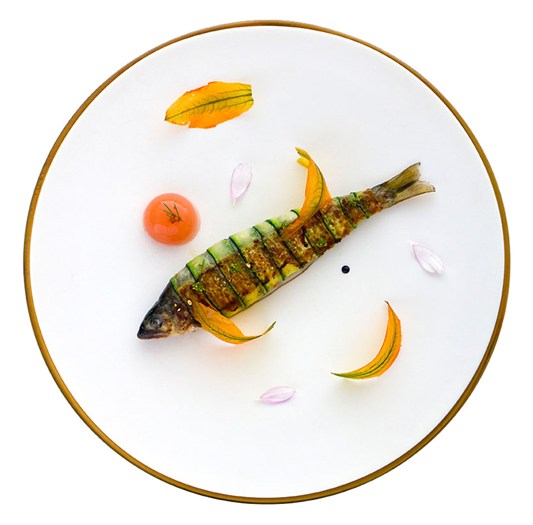
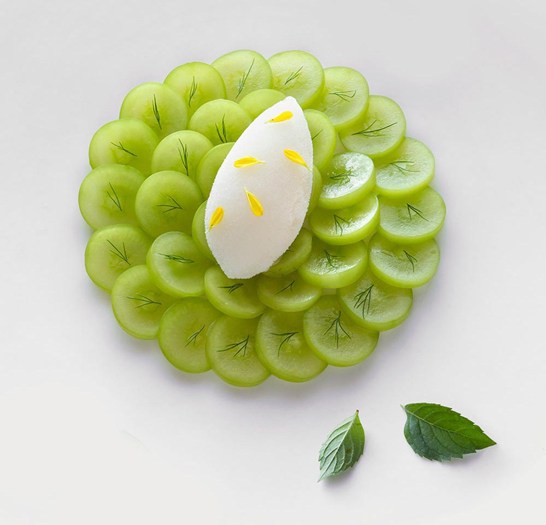
Above: When you travel to exotic destinations like Japan, theses are just a few of the dishes waiting for you to try.
Who exactly are culinary tourists?
Well, according to the World Food Travel Association (WFTA), the youngest culinary traveller hails from Asia while the oldest is from North America. And, Europe — Paris especially — and North America — mostly New York City — are the favoured destinations for culinary tourists, according to the WFTA.
In a recent WFTA survey, over half (51 per cent) of all respondents said they travel to learn about or enjoy unique and memorable eating and drinking experiences, and nearly two-thirds (61 per cent) said they are interested in taking a trip to a destination to engage in culinary activities within the next year.
There’s a smörgåsbord of outlets — the Food Channel, food blogs and print and online food publications — feeding culinary travellers with lots of information on the hottest restaurants at home and abroad, but the biggest source of information for foodie travellers is social media, especially Twitter and Instagram. Users of those two sites post millions of food photos every day and many people say they are influenced by the pictures to visit that particular restaurant when visiting cities abroad.
One of the most popular Instagram sites is “New_Fork_City,” which only highlights the best places in the Big Apple to eat. It has accumulated over 317,000 followers in its first two years of operation.
Thanks to culinary tourism, the old phrase “going out to get something to eat” has taken on a much broader meaning.
Information
Mark McEwan's favourite culinary destinations: 1- New York City 2- Miami 3- Los Angeles 4- Milan 5- Rome / Susur Lee’s favourite culinary destinations: 1-Vietnam 2- China 3- Singapore 4- Hong Kong 5- France or Italy